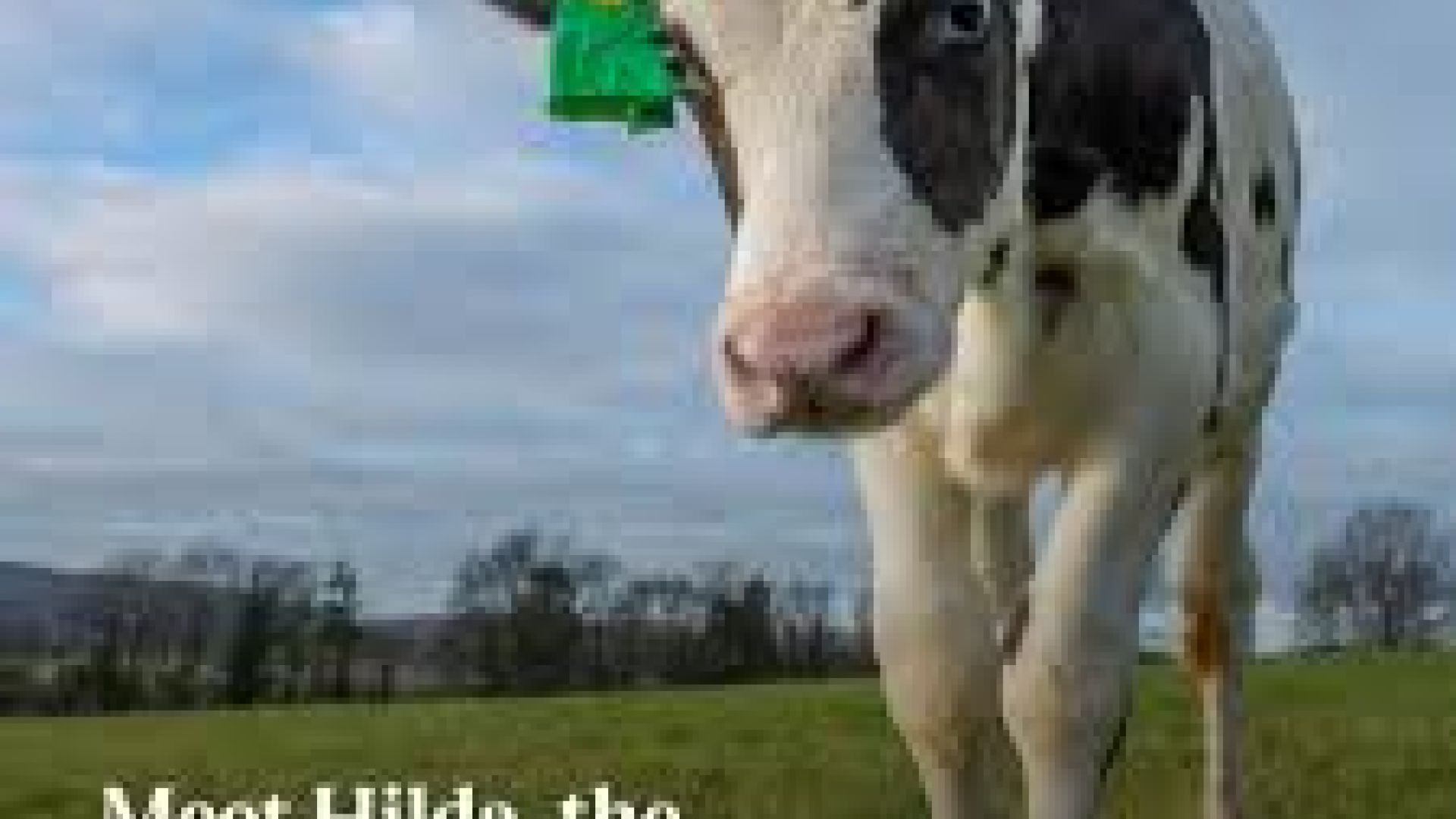Can IVF technique halve dairy methane emissions?

Hilda is the first to be born in the Langhill cow herd. Located in southern Scotland, the cow has been born through IVF and specifically bred to produce less methane.
Three technologies have been used to create Hilda, including systems that can predict an individual cow’s methane production based on DNA. Eggs were also extracted for fertilisation at a younger age with semen pre-sorted for sex.
“You mix those three [technologies] together, and that enables you to accelerate female selection for reduced methane, one calf at a time,” said Mike Coffey at Scotland’s sustainability-focused Rural College, who explained repeating this process would eventually lead to a low methane herd. The ultimate goal is to create a stock that significantly reduces methane emissions.
Traditional selection of cows for dairy and meat based on these traits has brought emissions down by around 1% annually. It is believed that by adopting this tech-enabled approach the methane output of a herd would plummet by 30% over the next two decades.
The economic feasibility of such innovations remains a challenge. Today, the cost of producing Hilda is around double the economic value of the animal itself. This means government intervention could be needed to make the approach cost effective, in the same way EVs have become established through policy levers. This comes at a time when several countries are competing to cut methane emissions from livestock.
The efforts unfolding in Scotland reflect the global drive to rapidly reduce methane emissions. These technology-driven solutions could shape the future of sustainable agricultural practices worldwide.